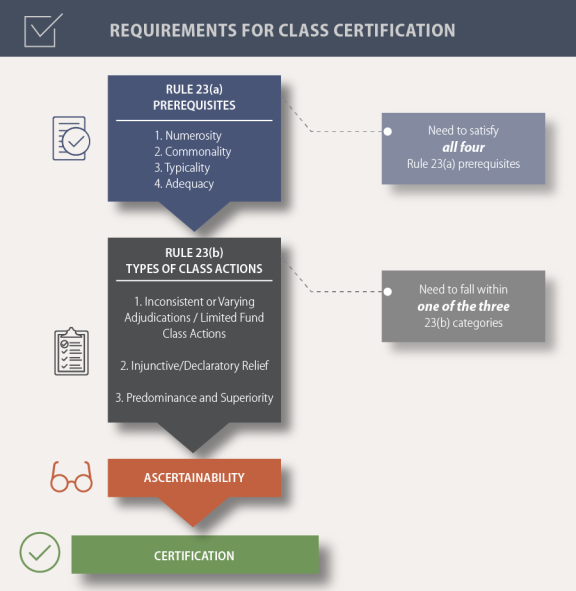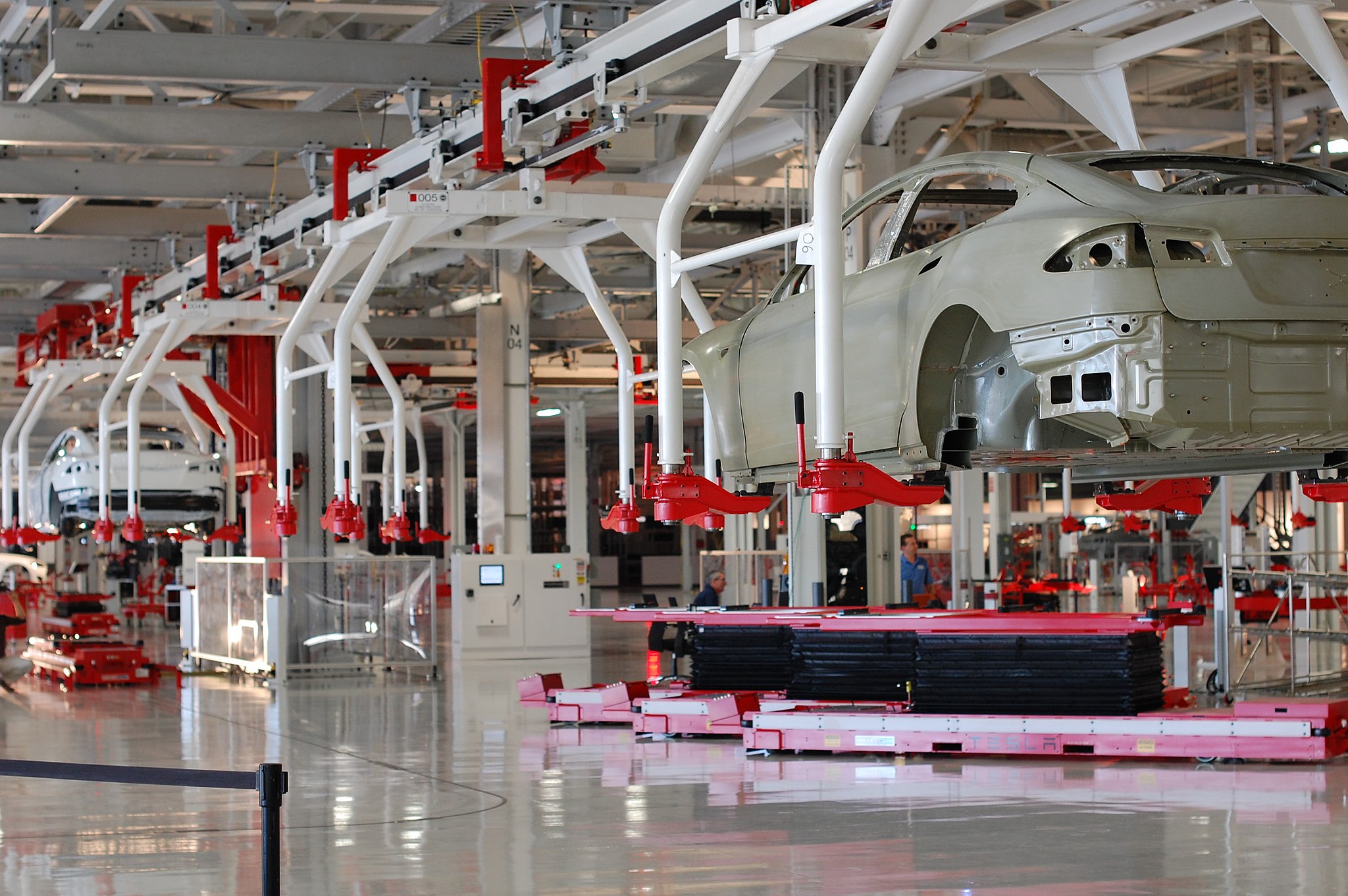In 2022, Tesla faced over 1,600 lawsuits, a 13% increase from the previous year. This staggering number reflects the growing legal challenges confronting the electric vehicle pioneer. I’ve been following Tesla’s journey for years, and it’s fascinating to see how the company’s rapid growth has led to an equally rapid increase in legal complexities.
![]()
Source: pond5.com
The Evolution of Tesla’s Legal Challenges
Tesla’s legal journey has been as dynamic as its technological advancements. What started as isolated incidents has grown into a complex web of class action lawsuits. This shift reflects not only Tesla’s expanding customer base but also the increasing scrutiny faced by innovative tech companies in the automotive sector.
A Reuters investigation uncovered that Tesla manipulated its range meter algorithms to show exaggerated driving range estimates when batteries were above 50% charge. This revelation has sparked significant controversy and legal action.
Source: linkedin.com
Early Individual Lawsuits
In Tesla’s early days, legal challenges were often one-on-one affairs. Individual owners would file suits over specific issues they encountered with their vehicles. These cases, while important, didn’t have the same impact as the class actions we see today.
Back in 2015, a Tesla Model S owner filed a lawsuit claiming that the car’s Autopilot feature caused sudden unintended acceleration, resulting in a crash. This case highlighted early concerns about Tesla’s advanced driver assistance systems.
Autopilot Malfunctions
One of the first major issues to spark legal action was Tesla’s Autopilot system. Some owners reported accidents they believed were caused by failures in this advanced driver assistance feature. These cases were crucial in highlighting the challenges of introducing semi-autonomous technology to the mass market.
In a significant development, Tesla must now face a class-action lawsuit over Autopilot claims, as reported by TTNews [Source]. This lawsuit alleges that Tesla misled buyers about the capabilities of its Autopilot system.
Battery Performance Disputes
Another early source of contention was battery performance. Some Tesla owners found that their vehicles’ real-world range didn’t match up with advertised figures. This discrepancy led to a series of lawsuits that would later evolve into larger class actions.
A study by Recurrent, testing over 8,000 Teslas between 2022 and 2023, found that the cars’ dashboard range meters did not adjust estimates for weather conditions, which can significantly impact range. This finding has added fuel to the ongoing legal battles over Tesla’s range claims.
Transition to Class Actions
As Tesla’s production ramped up and more vehicles hit the roads, similar complaints began to pile up. This accumulation of grievances led to the formation of class action lawsuits. Suddenly, what were once isolated incidents became part of a larger pattern of alleged issues.

Source: cataneselaw.com
Consolidation of Claims
Courts started to recognize the efficiency of combining similar lawsuits against Tesla. This consolidation streamlined the legal process and increased the potential impact of these cases.
| Year | Number of Lawsuits | Notable Class Actions |
|---|---|---|
| 2020 | 1,200 | Autopilot claims |
| 2021 | 1,400 | Battery range issues |
| 2022 | 1,600 | Quality control suits |
Emergence of Consumer Rights Groups
As class actions against Tesla gained momentum, consumer rights organizations began to play a more significant role. These groups started organizing and supporting large-scale lawsuits, providing resources and expertise to help consumers take on the electric vehicle giant.
The Consumer Watchdog organization played a crucial role in a 2022 class action lawsuit against Tesla, alleging misleading advertising of its Full Self-Driving capabilities. They provided expert testimony and helped coordinate plaintiffs across multiple states.
Anatomy of a Tesla Class Action Lawsuit
Understanding how a Tesla class action lawsuit works is crucial for anyone interested in the company’s legal challenges. These cases follow a specific structure, from identifying the affected group to negotiating settlements. It’s a complex process that can take years to resolve.

Source: everycrsreport.com
Identifying the Class
The first step in a class action against Tesla is defining who’s included in the lawsuit. This “class” needs to share common grievances against the company. It’s not always straightforward, especially when dealing with complex products like electric vehicles.
Commonality of Claims
For a class action to proceed, lawyers must show that all members of the class share similar complaints against Tesla. This could be related to a specific product defect, a misleading marketing claim, or a company practice that affected many customers in the same way.
In a recent development, Tesla faces a renewed class action over repair and parts monopoly, as reported by PYMNTS [Source]. This case highlights how a common issue affecting multiple Tesla owners can lead to a class action lawsuit.
Numerosity Threshold
Class actions need to involve a large enough group of people to justify proceeding as a collective lawsuit rather than individual cases. This threshold ensures that the class action mechanism is being used appropriately and efficiently.
A class action lawsuit filed in August 2023 aims to represent all persons in California who purchased new Tesla Model 3, Model S, Model Y, and Model X vehicles, potentially affecting thousands of owners. This case demonstrates the scale of some Tesla class actions.
Pleading the Case
Once the class is established, attorneys must craft a compelling legal argument. This involves outlining Tesla’s alleged wrongdoing and the harm suffered by the plaintiffs. It’s a crucial step that sets the tone for the entire case.
Expert Testimony
Class actions against Tesla often rely heavily on expert witnesses. These specialists provide technical analysis of vehicle systems, manufacturing processes, or corporate practices. Their testimony can be crucial in establishing the validity of the plaintiffs’ claims.
In a 2023 class action lawsuit regarding Tesla’s Autopilot system, an expert in artificial intelligence and machine learning provided crucial testimony on the limitations of the technology compared to Tesla’s marketing claims.
Discovery Process
The discovery phase is where both sides gather information to build their cases. This involves requesting documents, conducting interviews, and sometimes examining Tesla vehicles or facilities. It’s a thorough process that can uncover crucial evidence.
[This video provides an overview of the class action lawsuit process, which can help readers understand the complexities involved in Tesla cases.]
[Video Source: YouTube]
Settlement Negotiations
Many class actions against Tesla aim to reach a settlement rather than go to trial. These negotiations can be complex, involving discussions about compensation, changes to company practices, and other remedies for affected customers.

Source: financialexpress.com
Mediation Sessions
Neutral third-party mediators often facilitate discussions between Tesla’s legal team and the plaintiffs’ attorneys. These sessions aim to find a resolution that satisfies both parties without the need for a lengthy trial.
Compensation Structures
If a settlement is reached, it may include various forms of compensation for affected Tesla owners. This could range from cash payments to extended warranties or free vehicle upgrades. The goal is to address the harm alleged in the lawsuit while being fair to all class members.
| Compensation Type | Description | Example |
|---|---|---|
| Cash Payment | Direct monetary compensation | $500 per affected vehicle |
| Extended Warranty | Additional coverage period | 2-year extension on battery warranty |
| Vehicle Upgrades | Free or discounted improvements | Complimentary Autopilot software update |
| Service Credits | Funds for future Tesla services | $1,000 credit for repairs or maintenance |
Notable Tesla Class Action Lawsuits
Tesla has faced a variety of class action lawsuits over the years. These cases have covered issues ranging from Autopilot capabilities to battery performance and quality control. Each lawsuit provides insight into the challenges facing Tesla and the electric vehicle industry as a whole.

Source: pinterest.com
Autopilot and Full Self-Driving Claims
One of the most high-profile areas of litigation against Tesla involves its advanced driver assistance systems. Lawsuits have challenged the company’s marketing claims about Autopilot and Full Self-Driving capabilities, arguing that Tesla overstated the autonomy of its vehicles.
False Advertising Allegations
Some plaintiffs have argued that Tesla’s marketing materials created unrealistic expectations about the capabilities of Autopilot and Full Self-Driving features. These lawsuits claim that the discrepancy between advertised and actual functionality led to safety risks and financial losses for owners.
Software Update Disputes
Tesla’s practice of modifying vehicle capabilities through over-the-air updates has also been a source of legal contention. Some owners have claimed that these updates sometimes reduced functionality or performance without their consent.
Battery-Related Class Actions
Issues related to battery performance, longevity, and safety have been the subject of several class action lawsuits against Tesla. These cases highlight the challenges of managing customer expectations in the rapidly evolving field of electric vehicle technology.
Range Reduction Complaints
Some Tesla owners have filed suits alleging that software updates intentionally reduced the maximum range of their vehicles. These lawsuits claim that Tesla implemented these changes to address battery degradation concerns without fully informing owners.
Thermal Runaway Incidents
Safety concerns related to battery fires have also led to class action lawsuits against Tesla. Some plaintiffs argue that the company failed to adequately address known safety issues in its battery designs, leading to an increased risk of thermal runaway events.
Quality Control and Warranty Disputes
Manufacturing defects and disagreements over warranty coverage have sparked numerous class actions against Tesla. These cases often focus on specific components or build quality issues that affected a large number of vehicles.

Source: teslarati.com
Paint Quality Issues
A notable class action addressed widespread complaints about paint chipping and deterioration on Tesla vehicles, particularly in harsh climates. This case highlighted the challenges of maintaining finish quality on mass-produced electric vehicles.
Suspension Failure Claims
Multiple lawsuits have alleged design flaws in Tesla’s suspension systems, leading to premature wear and potential safety hazards. These cases have raised questions about the durability of components in Tesla’s electric vehicle designs.
The Future of Tesla Litigation
As Tesla continues to innovate and expand its product line, new legal challenges are likely to emerge. The company’s pursuit of cutting-edge technologies may lead to novel legal questions and challenges in the coming years.
Emerging Technologies and Legal Gray Areas
Tesla’s commitment to pushing technological boundaries means it’s often operating in uncharted legal territory. As the company develops more advanced AI-driven systems and autonomous features, new legal questions are bound to arise.
Artificial Intelligence Liability
As Tesla’s AI-driven systems become more sophisticated, questions of liability in accidents involving autonomous features may become increasingly complex. Future lawsuits could grapple with determining responsibility when AI makes critical driving decisions.
Data Privacy Concerns
The vast amount of data collected by Tesla vehicles could lead to class actions related to privacy breaches or unauthorized data usage. As cars become more connected, the legal landscape surrounding automotive data privacy is likely to evolve.
Regulatory Compliance and Safety Standards
As governments worldwide develop new regulations for electric and autonomous vehicles, Tesla may face class actions related to compliance issues. The company’s innovative approach sometimes puts it at odds with existing regulatory frameworks.
Emissions Credit Trading
Tesla’s emissions credit sales might spark legal debates. This practice, while currently legal, raises questions about the long-term sustainability of environmental regulations in the automotive industry.
Cybersecurity Vulnerabilities
As vehicles become more connected, potential hacking risks grow. Tesla’s tech-heavy approach might lead to class actions focused on its cybersecurity measures.
Global
Global Expansion and International Law
Tesla’s growth into new markets exposes it to various international legal systems. This expansion brings fresh challenges as the company navigates diverse regulatory landscapes.
Consumer Protection Variations
Different countries have unique consumer protection laws. This variety could lead to diverse class action strategies against Tesla worldwide.
Supply Chain Liability
As Tesla expands its global manufacturing footprint, it might face legal challenges related to its supply chain. Issues could range from labor practices to environmental impacts.
How Ultra Law Can Help
While Ultra Law specializes in personal injury cases, not class actions, we’re well-equipped to assist individuals affected by issues related to Tesla vehicles. Our expertise in complex legal matters and commitment to client advocacy make us a valuable resource for Tesla owners facing legal challenges.
If you’ve experienced issues with your Tesla that have resulted in personal injury or significant financial loss, we’re here to help. We can evaluate your case, explain your rights, and guide you through the legal process. Our deep understanding of local laws in Las Vegas and Nevada gives us a unique advantage in pursuing individual claims or connecting you with appropriate resources for joining larger actions.
Don’t hesitate to reach out if you need assistance navigating the complex intersection of personal injury law and emerging automotive technologies. Contact Ultra Law today for a free consultation.
Key Learnings Recap
- Tesla’s legal challenges have evolved from individual lawsuits to complex class actions
- Class action lawsuits against Tesla cover a wide range of issues, from Autopilot capabilities to battery performance
- The future of Tesla litigation will likely involve emerging technologies and international legal complexities
- Understanding the structure of class action lawsuits is crucial for consumers considering legal action
- While focused on personal injury, firms like Ultra Law can provide valuable assistance to individuals affected by Tesla-related issues
For more information on handling complex legal cases, see our guide on navigating head-on collision settlements.





